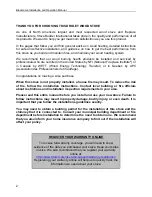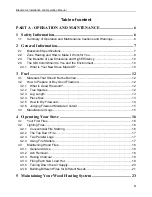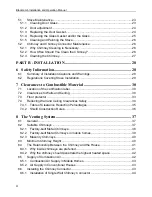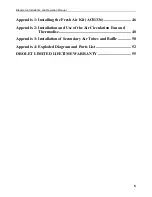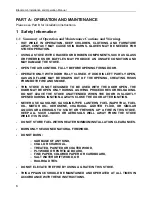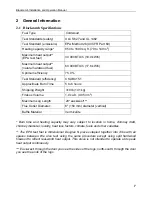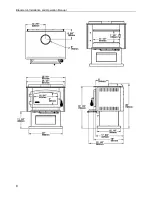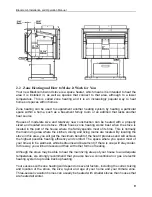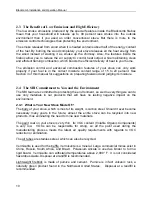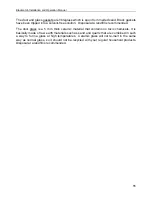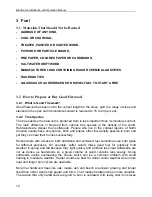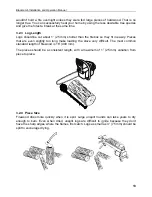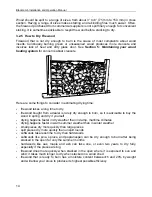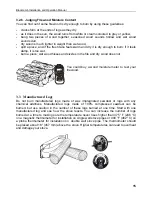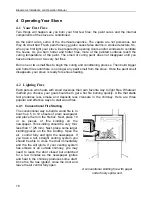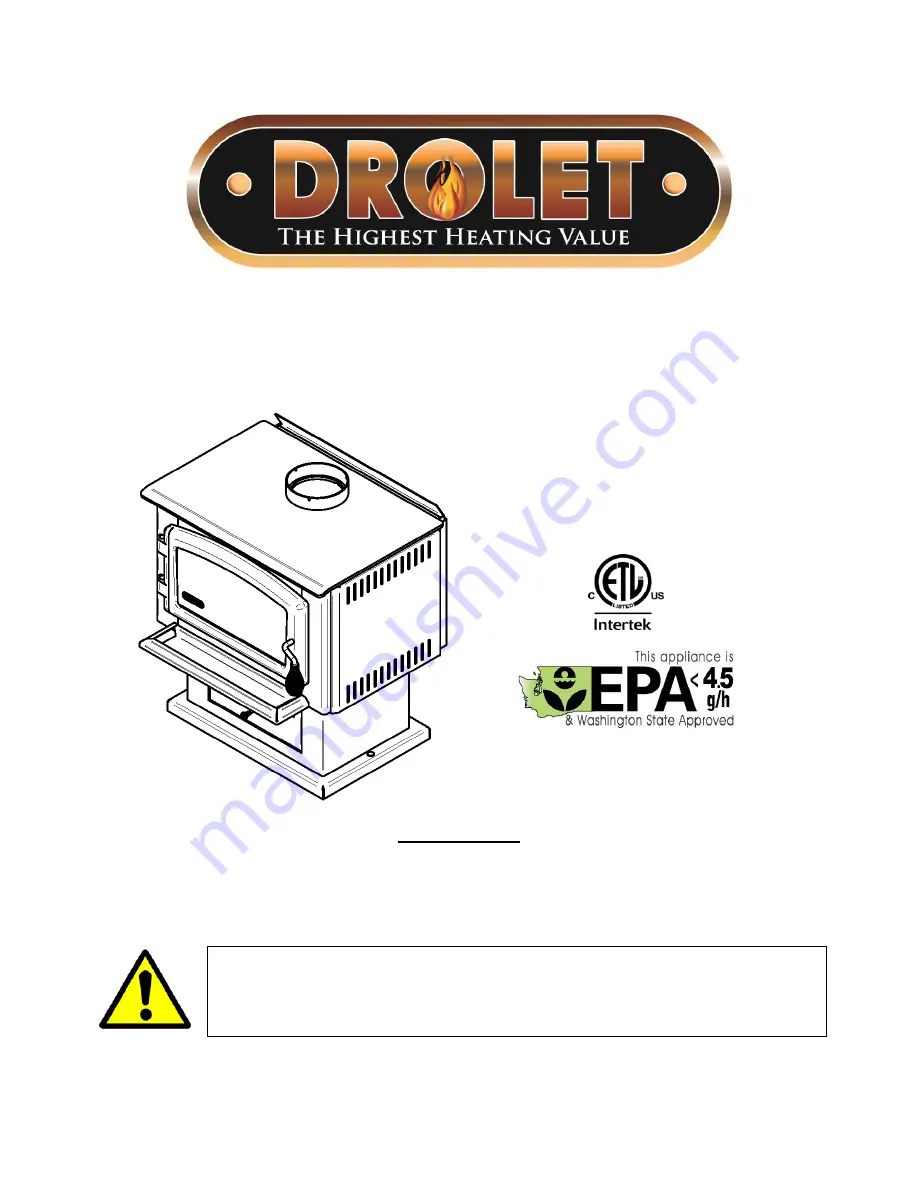
READ AND KEEP THIS MANUAL FOR REFERENCE
45635A
Printed in Canada
2
4
-04-2013
Installation and Operation Manual
Blackcomb
US ENVIRONMENTAL PROTECTION
AGENCY PHASE II CERTIFIED
WOOD STOVE
Safety tested according to ULC S627
and UL 1482 Standards
by Intertek Testing Services
www.drolet.ca
Stove Builder International Inc.
250, rue de Copenhague, St-Augustin-de-Desmaures
(Quebec) Canada G3A 2H3
Tel: (418) 878-3040 Fax: (418) 878-3001
This manual is available for free download on the manufacturer’s web site. It is a
copyrighted document. Re-sale is strictly prohibited. The manufacturer may update this
manual from time to time and cannot be responsible for problems, injuries, or damages
arising out of the use of information contained in any manual obtained from unauthorized
sources.


